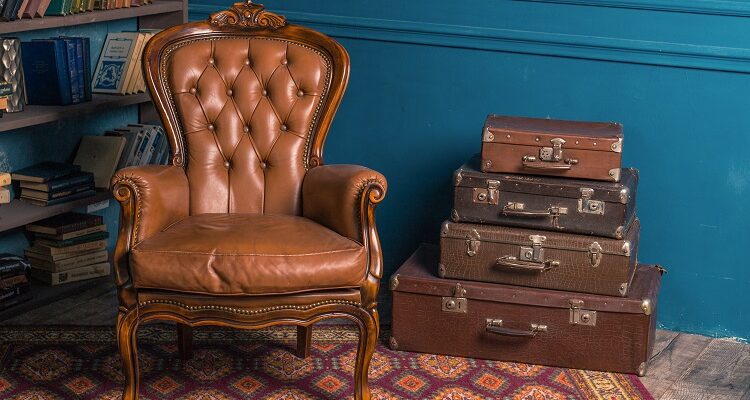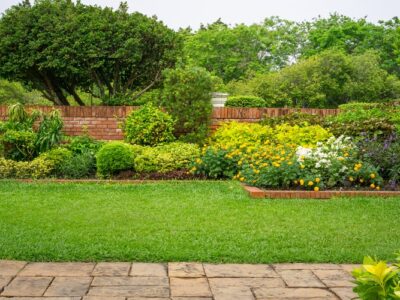Antique carpets are often treasured pieces, representing a rich tapestry of history and craftsmanship. Their care and maintenance require a unique approach, considering their age, fabric, and the traditional techniques used to create them. This article offers guidelines on how to preserve and prolong the life of your antique carpets.
Table of Contents
1. Regular and Gentle Vacuuming
Regular vacuuming can prevent dirt and dust from becoming embedded in the carpet fibers. However, given the delicate nature of antique carpets, use a vacuum cleaner with a gentle setting. Alternatively, consider using a carpet sweeper, which is less aggressive and minimizes potential damage to the carpet fibers. Learn more about the importance of regular and gentle vacuuming to protect your antique rugs on DiyTelevision.
2. Rotate Your Carpet
To ensure even wear and fading, rotate your antique carpet 180 degrees once or twice a year. This practice distributes foot traffic and sunlight exposure evenly across the carpet.
3. Protect from Sunlight
Direct sunlight can cause the vibrant colors of an antique carpet to fade over time. Install window coverings such as blinds, shades, or curtains to protect your carpet from direct sunlight, especially during the peak sunlight hours.
4. Immediate Attention to Spills
Accidental spills should be blotted immediately with a clean, dry cloth. Avoid rubbing, as this can work the spill deeper into the fibers and potentially damage them. For tricky stains, consider professional cleaning rather than risk damaging the carpet with home remedies.
5. Professional Cleaning
Antique carpets require professional cleaning every 3-5 years, depending on their location and use. Always choose a professional, like Expert Carpet Repair, who specializes in antique carpets. They understand the delicate nature of these rugs and can clean them without causing damage.
6. Use a Carpet Pad
A high-quality carpet pad can provide a layer of protection and help extend the life of your carpet by absorbing the impact of foot traffic. This is particularly important for antique carpets, which can be more susceptible to wear and tear.
7. Store Properly
If you need to store your antique carpet, roll it around a sturdy tube, ensuring the pile faces inward. Cover the rolled carpet with acid-free paper and store it in a dry, climate-controlled area to protect it from moisture and pests.
8. Repair and Restoration
Given their age, antique carpets may occasionally need repair or restoration. This work should always be done by professionals experienced in working with antique textiles. They can ensure the materials and techniques used are consistent with the carpet’s age and style.
9. No-Shoes Policy
Implementing a no-shoes policy can prevent the tracking in of dirt and grit, which can damage the carpet fibers. If this isn’t practical, placing a high-quality doormat at entrances can minimize the amount of dirt brought into the home.
Caring for an antique carpet is an exercise in preserving history. By employing these guidelines, you can enjoy the beauty of your antique carpets while protecting their historical and monetary value for future generations.





















Comments